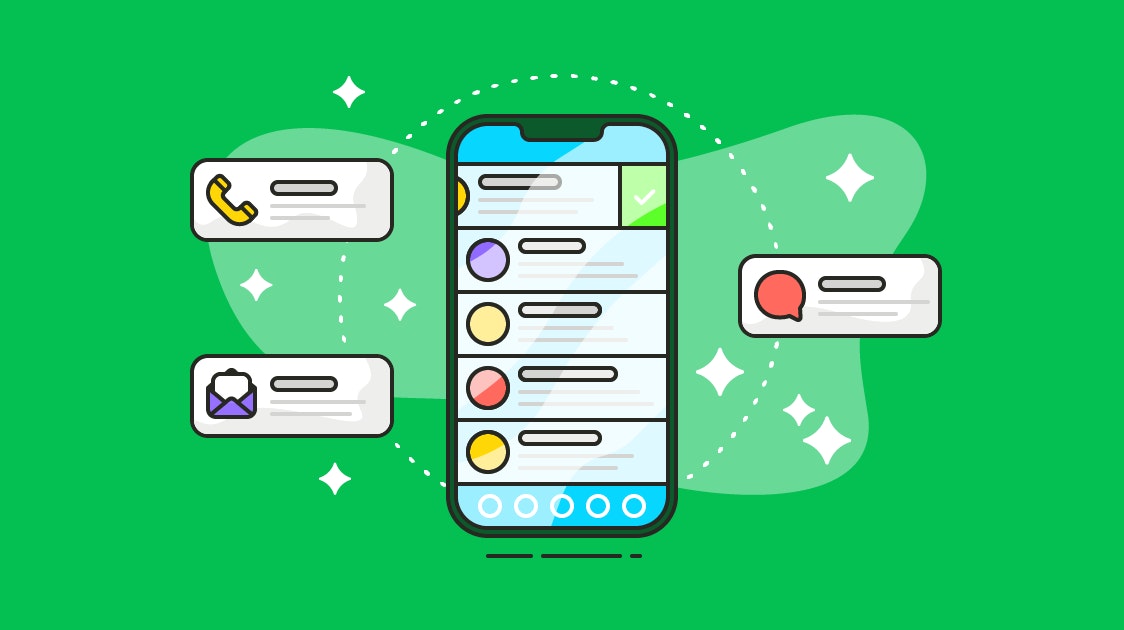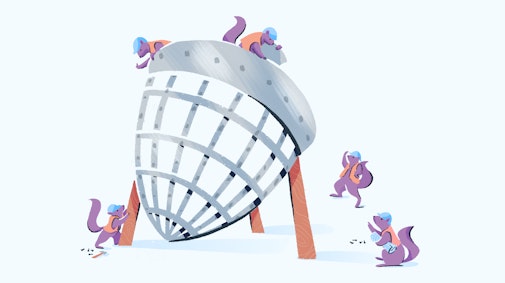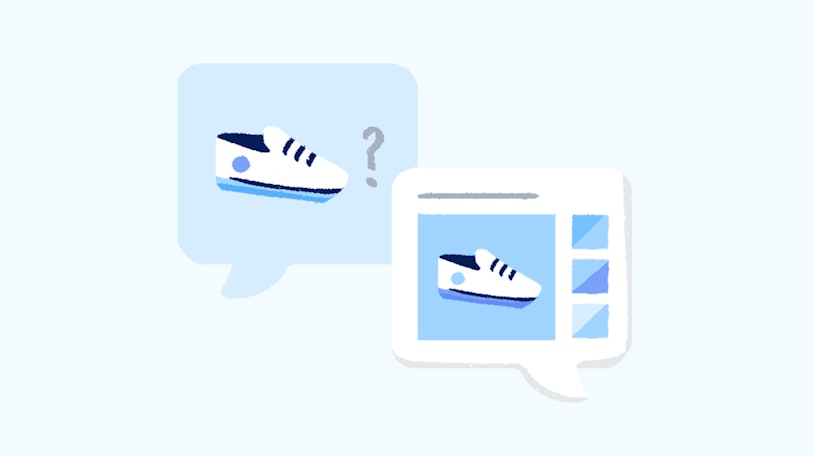There are more and more ways to communicate online, and that’s true in the world of support, too. As your customers evolve to use different support channels like social media and live chat, you benefit from evolving with them.
But it’s a tricky balance: Most companies don’t have the human power to manage every channel, and it can be worse for customers to have a bad interaction on the channel of their choice.
Imagine the difference between getting a support response email in five minutes versus waiting on the phone for five minutes. One seems super efficient. The other seems like a drag.
When you’re running a support team, you need to consider your customers’ favorite channels without sacrificing the quality of their experience. Here’s how to strike that balance with a multichannel strategy that works for your team.
Multichannel vs. omnichannel support solutions
Plenty of teams want an all-in-one, omnichannel solution that handles every possible channel and internal tool they might need. The idea of a one-and-done, set-it-and-forget-it support solution is certainly appealing.
But there are trade-offs to putting all your eggs in the omnichannel basket — primarily, that it’s very difficult for a single tool to be great at everything it does. While everything is built in, your team and your customers probably aren’t enjoying the best possible experience.
On the other hand, it can be a real pain to customize (and, let’s be honest, pay for) a support stack entirely from scratch — your help desk from one vendor, your chat support from another, your voicemail system from another, and your help documentation maintained by another internal team you have to bug every time you want to update an article. That’s too much.
We believe there’s a happy middle ground, and we believe in prioritizing the best possible customer experience over the most features.
The most successful support teams choose rock-solid, easy-to-use customer service software that supports their core capabilities. We’ve built a product line to serve as the user-friendly hub of a multi-stack ecosystem — a delightful-to-use shared inbox with great reporting capabilities, a customizable knowledge base, and powerful live chat — which allow teams to deliver consistent, efficient customer support.
For everything else your unique team needs, you can mix and match a number of quality integrations to develop an adaptable (and affordable) stack that evolves with the latest technology.
For example: Craft Clubs, a gin subscription company, uses the automation tool Zapier to streamline their order fulfillment process within Help Scout. Every time someone signs up, Zapier automatically logs the new customer to their database. Another Zap automatically creates a conversation in Help Scout to cancel orders placed outside their delivery area so the team can react swiftly and mitigate any disappointment.

Signs it’s time to shift to a multichannel customer service strategy
There’s no defining moment when a company needs to develop a multichannel customer service strategy, but there are a few clues that might indicate it’s time to expand your support stack. As you consider your options, keep your eyes open for signs that your customers want to communicate with you in new ways and across new channels.
1. Your community is really active on social media channels
Most companies interact with their customers in a variety of ways: email, Facebook, Instagram, X (Twitter), and maybe even over the phone. The more channels you use to interact with customers, the more likely it is for them to reach out to you through those same channels.
If you’ve built a very active social presence through marketing and community building, for example, expect to see support requests through social media. It’s a natural evolution for customers. They interact with your company on a daily basis through those platforms, so when they have an issue, they’re most likely to bring it to you in that same way.
With Help Scout, you can pull conversations from various messenger services — Facebook Messenger, Instagram, and web chat, into a shared inbox. Team members can reply directly from Help Scout, and the system sends those communications through each unique channel.
2. You start receiving support requests through new channels
Even if you prefer email, customers will seek out the channel they want to use, whether it’s phone, social, or even texting. The good news is that with a core customer support tool like Help Scout, you can manage those new channels from the same platform.
We already discussed social, but there are solutions for other channels too. For instance, Phone integrations, such as Aircall pull transcripts into Help Scout, so team members can track and reference every point of contact from the initial issue. Building your own stack creates a collaborative ecosystem that harnesses the power of standalone tools for specific channels your customers want to use.
3. Your team can’t keep up with urgent requests
As the pace of online communication continues to accelerate, people expect the speed of customer service resolutions to accelerate with it. Live chat is one of the most popular ways companies keep up.
According to a benchmark study by Comm100, there were nearly three times the amount of live chats handled by customer support in 2016 than there were in 2015. Not only is live support immediate for the customer, it’s also more affordable and efficient for a team than a phone line.
If all your users are sending emails with “URGENT!!!” in the subject line, it’s time to add chat to your multi-stack customer support channels. Your community will thank you for it!
Multichannel support stack = shopping at the farmer’s market
Building a multichannel customer support stack is like shopping at the farmer’s market.
You go to your favorite farmer for all your fruits and veggies, but maybe you pick up some special extras from other vendors. You stop around the corner for your favorite pickles or honey. Down at the far end, you pick up a dozen eggs. All together, you can create amazing meals with the highest-quality ingredients.
Choosing an omnichannel tool is more like going to the supermarket: There’s an ease in buying everything from the same place, but you’re going to compromise on the quality of products. That cheese is made in a factory; the fruit is bruised from traveling a long way, from wherever it’s in season.
If you’ve only ever been to the supermarket, you don’t even know what you’re missing!
As multichannel support becomes more important to customers, building a custom stack based around a few core capabilities sets the foundation for a thriving community. With the best tool at your center, you can adapt to the constantly changing needs of your customers without skipping a beat.





